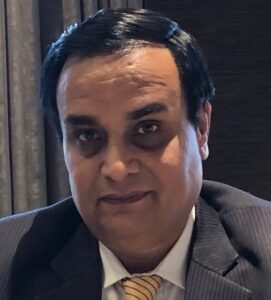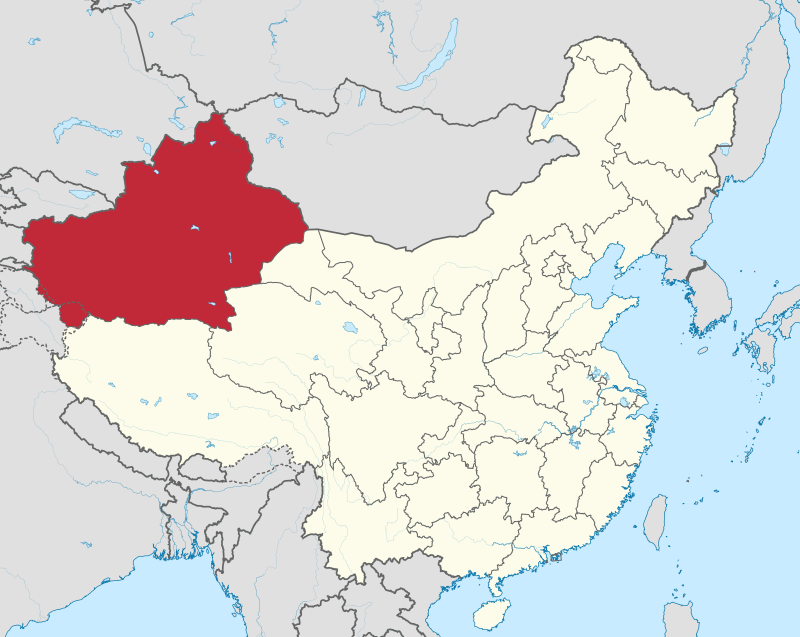
By: Dr Mehmood Ul Hassan Khan
Once again, the Western false and fake propaganda is getting momentum about so-called human rights violations in Xizang region. The global schemers of conflicts and conspiracies intentionally, disseminated this issue during the Chinese 2 Sessions and tried to sabotage soft image and contributions of China in the global peace, stability and revival of global economy too. Nevertheless it failed miserably.
Right from the beginning, China has had been pursuing a people-centered model of human rights which is unique and secured human life. China has successfully crafted a road map and strategic path of human rights development that keeps with the trend of the times and China’s national reality.
Thus provision of basic necessities of life and protection of human rights have been pursued through immense socio-economic development, people’s friendly policies and social justice and last but not least, rule of the law with no ethnic, racial, gender, color or religious discrimination.
According to many Chinese published reports, from 1951 to 2020, China invested 223.965 billion yuan ($31.12 billion) in education, establishing a modern education system covering preschool, basic education, vocational education, higher education, continuing education and special education, and implementing 15 years of publicly-funded education throughout the entire Xizang region which vividly reflects Chinese government’s commitment toward education, decency and social development of the Xizang region and its people..
The Chinese policy makers deeply dissatisfied and strongly rejected so-called allegations of Canada about Xizang region. It purposefully highlighted Tibetans’ unique culture on the sidelines of the United Nations Human Rights Council in Geneva. It hyped up Xizang-related issues and spread lies together with the US at a public seminar on assessing “China’s Assimilationist Policies Targeting Tibetan Language, Culture and Religion”.
According to a statement from the Chinese spokesperson, these organizers and participants of these meetings have personal prejudice about China, different regions and people. Moreover, the Tibetan government-in-exile a thoroughly separatist political group also plays an active role in these sponsored and superficial meetings and bogus cultural events.
It is bitter reality that apparently, both Canada and the US recognize Xizang as part of China’s territory however, they secretly provide a platform for “Tibetan independence” organizations, continuously repeating lies and rumors that have long been debunked, with a real intention to smear China with Xizang-related issues and embolden the “Tibetan independence” forces.
Therefore both countries have double standards and always try to interfere in the domestic affairs of China which is against the true spirits of international system of engagement and law.
Xizang has its own unique culture and traditions. Geographically it has scattered human settlements which always not so friendly for its dispersed population to easily purse education. However, the central and local governments have established boarding schools. Students live at school is entirely based on the students and parents’ wishes and needs. It has always been free choice of the parents and students alike.
These schools generally offer traditional cultural courses such as Tibetan language, and students are allowed to wear Tibetan clothes on campus. Parents can visit the school and pick up their children from school at any time.
The boarding schools in Xizang are vivid examples of protecting the Xizang people’s human rights and their cultural traditions. The so-called forced assimilationist is purely a lie, the spokesperson noted.
Since the peaceful liberation of Xizang, the central government of China has abolished the feudal serfdom system, leading to significant progress in social and economic development of the region, with the lives of the Xizang people undergone tremendous changes compared to before liberation.
It is suggested that Canada and the US should learn from China’s successful cases instead of using their own guilt as an excuse and basis for accusing other countries, engaging in baseless slander and defamation against China. The scheme of “turning Xizang into a card to contain China” will never succeed.
According to the decennial population census The Tibetan population in Xizang has surged from 2.41 million in 2000 to 3.14 million in 2020. Last year, the per capita disposable income of Xizang’s residents was 26,675 yuan (about $3,960), more than double in comparison with 10 years ago. The average per capita disposable income of urban residents was 48,753 yuan, and that of rural residents was 18,209 yuan, with an urbanization rate of 37.36 percent.
The region has also carried out comprehensive improvement projects involving the supply of water, electricity, gas, telecommunications, postal services, radio and television, the construction of highways and improvements to the environment.
During 2023-2024, the region plans to invest 13.7 billion yuan into 21 issues that will improve the well-being of residents, including raising livelihood subsidies, promoting medical aid and upgrading heating and oxygen supply facilities.
The policies of the government, such as building roads, providing water, caring for people with disabilities, and protecting Tibetan culture, have given personal freedom and a happy life.
Its GDP has surged from 82.8 billion yuan (about $11.9 billion) in 2013 to 213.3 billion yuan (about $30.6 billion) in 2022.
The central government has introduced many favorable policies in support of the region’s economic development, covering tax and finance, infrastructure and industrial development since the peaceful liberation of Xizang on May 23, 1951.
Xizang’s per capita disposable income was 26,675 yuan in 2022, 2.74 times that of 2013. By the end of 2019, all impoverished counties in the region had been removed from the list of poverty-stricken areas.
In summary, over the past decade, it witnessed rapid development in industries involving clean energy, digital technology, culture and tourism, as well as Xizang medicine.
Tourist arrivals in Xizang have more than doubled to reach 30 million over the 10 years to 2022. During this year’s May Day holiday, the region received over 1.16 million tourist arrivals, 2.37 times the number in 2019 before the outbreak of the COVID-19.
The region raked in 40.7 billion yuan in tourism revenue in 2022. During the five-day holiday that ended in early May, the region registered tourist revenue of 848 million yuan, a surge of 42.3 percent on the same holiday in 2019.
Thus the Canadian and US smears are untrue and fabricated which have their political agenda to tarnish China and its socio-economic policies in Xizang region. China is the global champion of multiculturalism, economic globalization and internationalism which has humanistic values to give message of shared prosperity through Xi’s Global Development, Security and Civilizational Initiatives.
( Writer is Executive Director at The Center for South & International Studies (CSAIS) Islamabad,
Regional Expert on China, CPEC & BRI)


